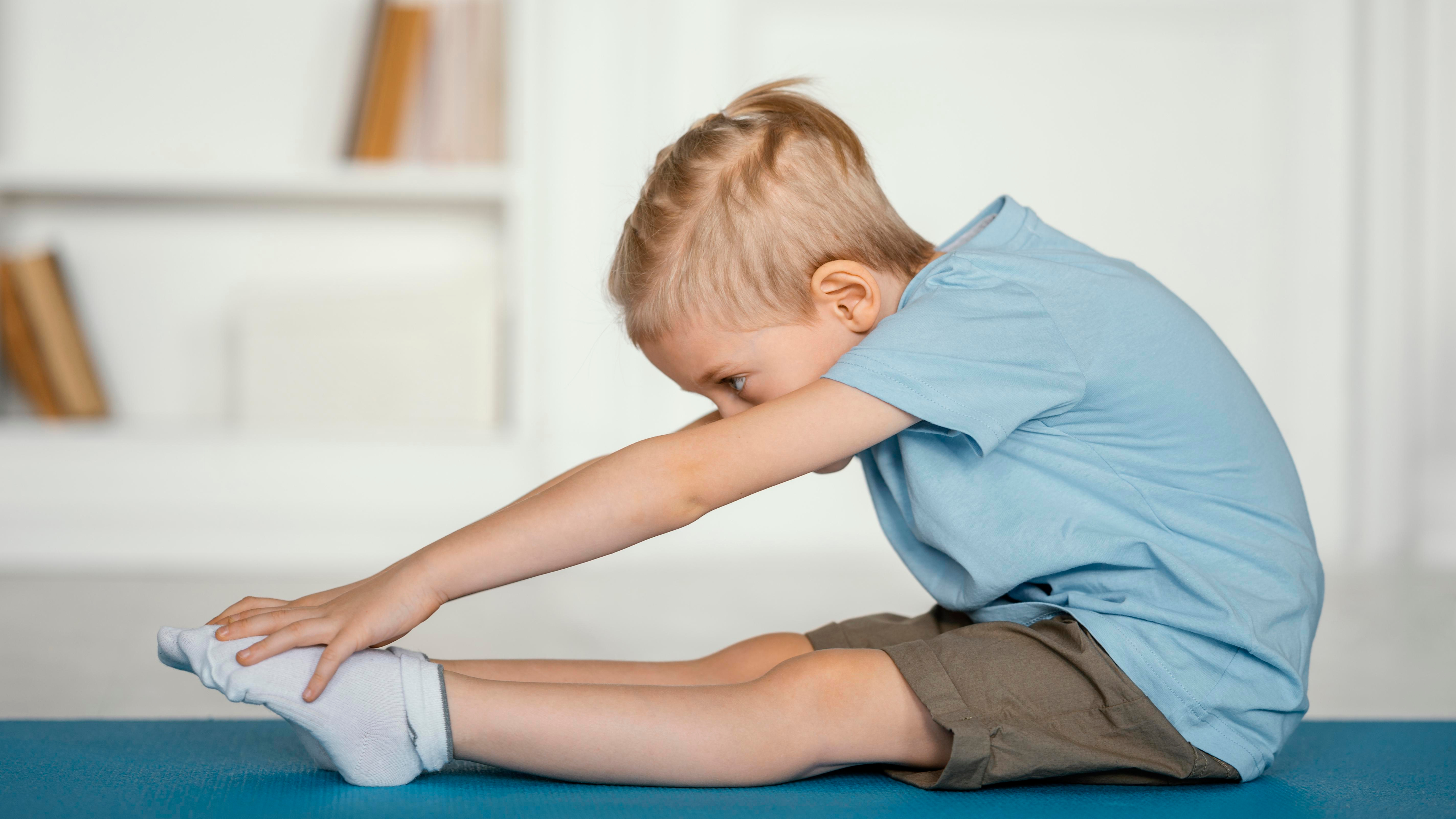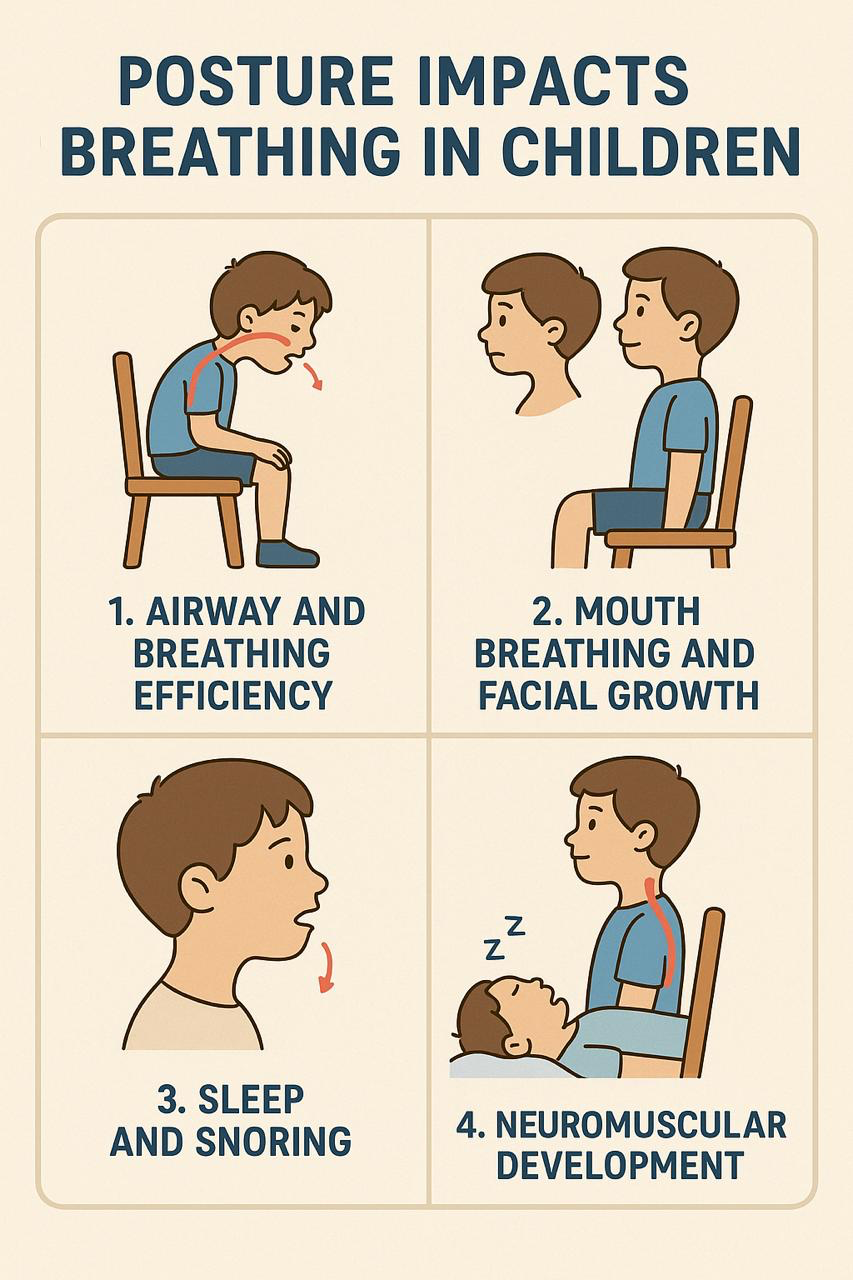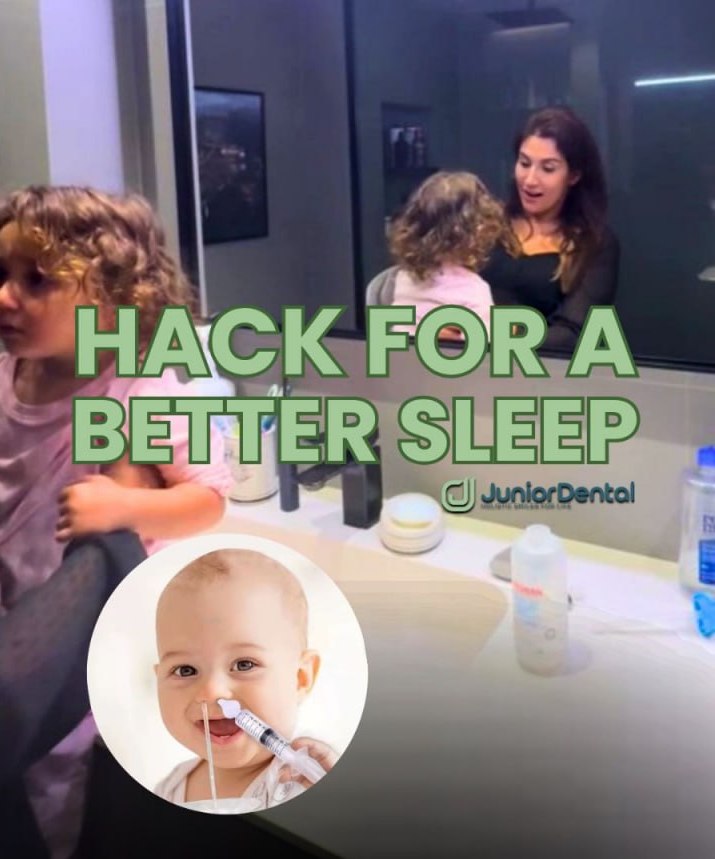How Does Posture affect Breathing and crooked teeth in children?

Posture has a direct impact on how children breathe, especially during growth and development. Here’s how:
1. Airway and Breathing Efficiency
- Forward head posture (common when kids look down at devices) narrows the upper airway. This makes breathing less efficient and may encourage mouth breathing.
- Slouched sitting compresses the chest and diaphragm, limiting lung expansion and reducing oxygen intake.
2. Mouth Breathing and Facial Growth
- Poor posture often goes hand in hand with open-mouth posture, which can change tongue position.I
- If the tongue rests low instead of on the palate, it can affect jaw growth, leading to narrow arches, crowded teeth, and higher risk of sleep-disordered breathing.
3. Sleep and Snoring
- A child with poor posture is more likely to have airway obstruction during sleep, contributing to snoring or sleep apnea.
- This can affect concentration, behavior, and growth due to disrupted oxygen supply at night.
4. Neuromuscular Development
- Good posture supports the balance of muscles around the head, neck, and jaw.
- Poor posture strains these muscles, which can affect not only breathing but also swallowing and speech development.
Practical tips for parents:
- Encourage children to sit upright, with feet flat on the floor
- Promote activities that strengthen core muscles (swimming, climbing, posture games).
- Limit screen time and adjust screen height to reduce forward head posture.
- Ensure nasal breathing and check with a pediatric dentist/ENT if mouth breathing persists.























